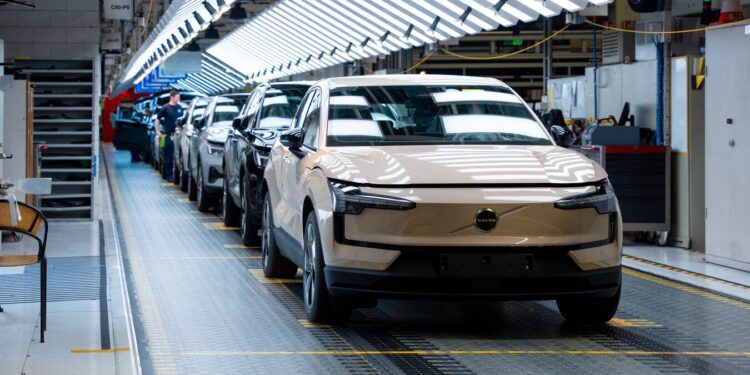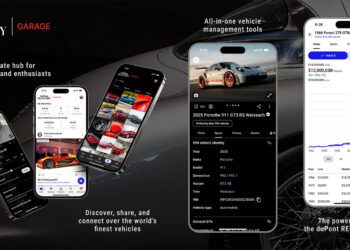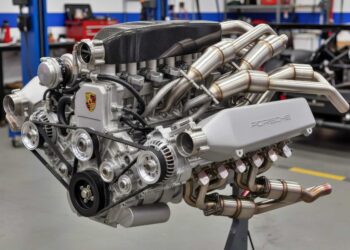Volvo’s latest U.S. sales report paints a mixed picture. On the surface, total deliveries have slipped 9 percent in the third quarter, with 26,021 units sold, but look closer, and you’ll see a brand in transition, one that is shifting its focus towards electric and doubling down on local production to stay competitive in a shifting market.
Electrified models, i.e. those with either full-electric or plug-in hybrid powertrains accounted for 32.6 percent of total sales this quarter, which the Swedish automaker claims is down 23.7 percent compared to last year. Fully electric models jumped 71 percent compared to last year’s third quarter, now making up 12 percent of total sales. Year to date, that figure sits at 9.5 percent, up an impressive 129 percent from 2023.
“We are making good progress on our ambitious plans to grow our business and become the premium, electrified brand of choice for customers in the U.S., achieving our best-ever results in fully electric vehicles and seeing strong growth across the regions. ” – Luis Rezende, President, Volvo Car Americas.
The momentum comes from two models the EX30 and EX90. The EX30, priced from $40,000, gives Volvo a strong entry into the compact EV space, while the larger EX90 starting at $81,000 serves as the brand’s flagship SUV, integrating cutting-edge safety systems, bi-directional charging, and a high-end cabin experience. Together, they along with the mid-size EX40 form the backbone of Volvo’s next phase in sales of its expanding line-up of all-electric models.
Among combustion and hybrid offerings, the XC60 remains Volvo’s workhorse. The mid-size compact luxury SUV sold 8,615 units in the third quarter, up 8 percent year over year. We’ve reported previously on Volvo’s extensive investments at its Charleston facility to localize production of this global bestseller, which has now even outsold the old 240. Demands for hybrids continue to remain strong and Volvo recently marked a major milestone, having produced its one millionth plug-in hybrid.
The move is key to maintaining competitiveness in the fiercely contested mid-size luxury crossover segment and to offset potential tariff impacts. More importantly, it also lays the groundwork for future models, especially the next-generation hybrid tailored specifically for the U.S. market, set to arrive by the end of the decade.
Regionally, the Americas recorded 35,636 units sold in Q3, down 7 percent compared to last year. Despite the dip, Volvo’s long-term direction remains firm. With both the tech-laden XC60 and the upcoming hybrid soon joining the EX90 on the Charleston line, Volvo is positioning itself for a long-term manufacturing and supply-chain advantage designed to future-proof its U.S. operations.
Source: Volvo











